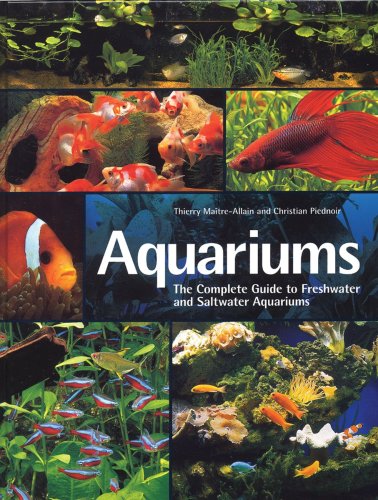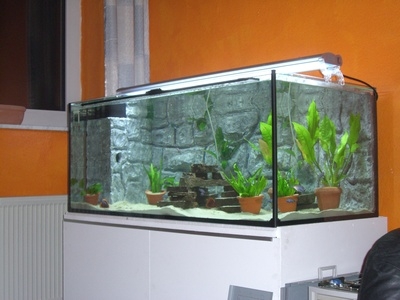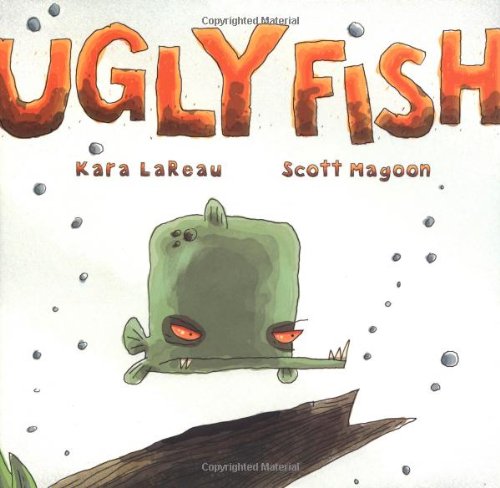Let’s be honest, pets are now pretty expensive things and in these times of economic hardship quite a few people are thinking of ways of making their money go further when it comes to their dogs and cats especially.
It’s best not to dwell on all those pets which will be cast out onto the streets, or handed over to the sanctuaries because they cost too much, or they have become a nuisance. That is, unfortunately, an inevitable consequence of hard times, but most owners, thank goodness, understand that a pet is a member of a family and cannot simply be cast aside when times get tough.
So, the best thing to do is think about how your pet, like you and others members of your family, can make savings.
Now, one area which needs a little attention is the vet. It’s likely your pet will need some attention throughout its life. A young puppy, or kitten, will best be neutered and this will set you back anywhere from around 50 to 100.
Vets have recently been criticised by many for being far too expensive, but it’s difficult to see their costs coming down, even during harder times. Consultation charges are also a relatively new part of their charging scheme, maybe to combat the consumer’s choice to get a prescription from the vet and buy the prescribed drugs elsewhere, via say the internet. This can help offset a quite major cost, but don’t expect to be able to do surgery via the web! So, the old debate about whether it’s best to have pet insurance raises its head again. Over the lifetime of a dog, or cat, monthly payments of between 10 and 20 can add up, but with even minor operations costing around 200 payable in one go, pet insurance plans might make even more sense.
Right, so after the vet comes the day-to-day maintenance of your pet, in other words, what it needs to survive and maintain its role of favoured one.
And the next big issue is pet food. Way back when, pets were meant to manage on scraps and a few hard biscuits. Now, pet feeding is almost mirroring the human food industry with manufacturers convincing people that their pets need tasty chicken morsels, or lightly barbecued line caught sardine from the Pacific oceans. And look at the results, with many pets looking as obese as their owners. But it’s not easy to turn away from the persuasive powers of a pet food industry which is worth, in the U.K, a staggering 2 billion. That’s a lot of pet food and a lot of hype.
Experts say that the average pet owner spends 3.50 a week on pet food, but with the manufacturers bringing out new varieties all the time, this is climbing quite dramatically.
So, what happens if you want to save money? You have to buy a cheaper brand, or do it yourself, shunning the bright cans and foil trays.
Firstly, if we’re talking mainly about cats and dogs, it’s worth remembering that they are different in regards their nutritional requirements. They are both carnivores and both need six key components to maintain a healthy life: carbohydrates, proteins, fats, minerals, vitamins and minerals.
But then things begin to differ. Dogs only need around ten per cent of their diet to be protein, whereas cats need nearer 25%. This is why dogs can manage on a vegetarian diet, whilst cats can’t. Both get their calories mainly from the cereal in the pet food, but there is no set, or average intake. It’s been calculated say that human males need something like 2,500 calories a day, females around 2,000, but with so many breeds of cats and dogs, doing so many different things, it’s difficult to provide an average intake.
The only guide is that the more active the pet, the more calories it needs. So be careful if your pet is a couch-potato, because you have to keep a check on their carb intake.
As to food itself, meat products are sourced from the same abattoirs that supply the human food chain. So, technically the same meat that is used for humans, can be used for pets. Although, pet food manufacturers mostly use trimmings, offal and cheap cuts. Obviously, as with most food, the more expensive, the better the quality, or at least that’s how the theory goes.
But that does not necessarily rule out cheap pet food by any means. Experts say that as long as the particular brand of food offers a balanced blend of the components mentioned earlier, then there’s no problem. And as a rule of thumb, the less expensive the pet food, the less percentage of meat is included and the more say cereal is used to bulk it out. This can lead to problems with the pet’s weight of course, as the cereal is unnecessary and creates fat.
And in case you were wondering how to tell if it’s good enough, take a look at your pet’s poo. If the poo contains lots of undigested food and there is lots of it around, then it’s not doing your pet much good at all.
So, cheaper brands might save you money, but just be sure that they give your pet a proper diet and won’t make them fat.
But to take it further and make your own, that requires a little thought. And it comes back to all those individual components again. You have to ensure that the food you are providing for you pet has the right balance, otherwise you will be risking their health.
Off-cuts of meat and fish are favourites of the DIY pet food community, but in order to get the balanced bit right, you also have to offer up vegetables and food supplements.
And it’s recommended that you get some advice from your vet, as well as ensuring that you don’t mess your pet around too much, by offering it at a later stage of their lives when they might be too used to tinned pet food, or change your mind at times when you are too busy to prepare the food and so confuse the animal’s digestive system.

 How to Take Care of The Baby Betta Fish
How to Take Care of The Baby Betta Fish
How to Take Care of The Baby Betta Fish
How to Take Care of The Baby Betta Fish
 9 Common Mistakes of Freshwater Fish Owners
Keeping fish in an aquarium
9 Common Mistakes of Freshwater Fish Owners
Keeping fish in an aquarium
 What Fish Can Live in Brackish Water
What Fish Can Live in Brackish Water
W
What Fish Can Live in Brackish Water
What Fish Can Live in Brackish Water
W
 How to Tell a Male Betta From a Female Betta
How to Tell a Male Betta From a Female Betta
How to Tell a Male Betta From a Female Betta
How to Tell a Male Betta From a Female Betta
 10 Really Ugly Fish
Ugly ... ?Well of course bea
10 Really Ugly Fish
Ugly ... ?Well of course bea